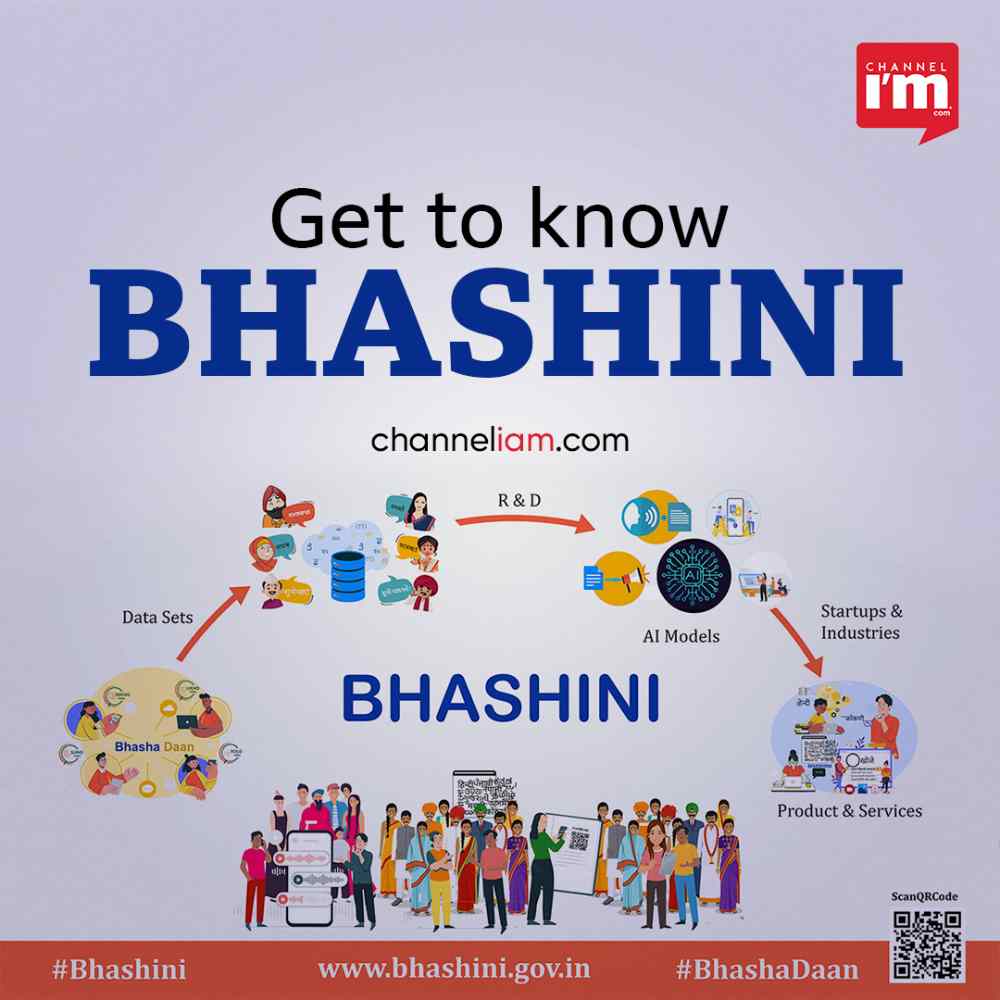At the Digital India Week 2022 event in Gandhinagar, the Indian government added a number of digital economic initiatives. One of these programmes, called “Bhashini,” tries to use technology to bridge the gap between diverse Indian languages. With the help of this government portal, Indian MSMEs, startups, and independent innovators would have access to free Artificial Intelligence (AI) and Natural Language Processing (NLP) resources. This will make it easier for developers to provide simple internet access and digital services in Indian languages to all citizens.

How does it operate?
The project can be found at https://www.bhashini.gov.in/en/ and aims to create and develop an ecosystem where different stakeholders, including institutions, industry players, research groups, academic institutions, and individuals, can work together to maintain a “ever-evolving repository of data, training and benchmark datasets, open models, tools, and technologies.”
This website’s unique “Bhasadaan” component, which anyone can access via the corresponding Android and iOS apps, enables them to participate in a variety of crowdsourcing projects. There are four different ways to contribute: Suno India, Likho India, Bolo India, and Dekho India. In each case, users must either type what they hear or confirm other people’s transcriptions of texts.
Importance of Bhashini
India has 22 official languages, 122 major languages, and 1599 other languages, according to the Census of 2001. In the current era of digitalization, English is the primary language used for content that is available online. The Indian government has started this project in an effort to reduce the enormous language barrier within the country and to encourage developers to provide digital services to Indians in their native tongues.
The project not only has enormous size and magnitude, but also has a number of advantages, according to research by Analytics India Magazine. The paper claims that India has the opportunity to develop a plan for opening up internet access to regional languages.According to a survey, 53% of Indians who do not use the internet have stated that they would begin using it if it offered content in their local tongues.
This is where Bhasini steps in with the sole objective of creating a nationwide multilingual digital public platform to offer open access to material. The distribution of digital information in all Indian languages should improve as a result.
Last but not least, it will contribute to the development of a knowledge-based society where information is freely and easily accessible, transforming the ecosystem and its inhabitants into “Atma Nirbhar.” The government hopes to accomplish this objective for platforms like UPI, Cowin, ONDC, and others by exploiting these public digital assets.
